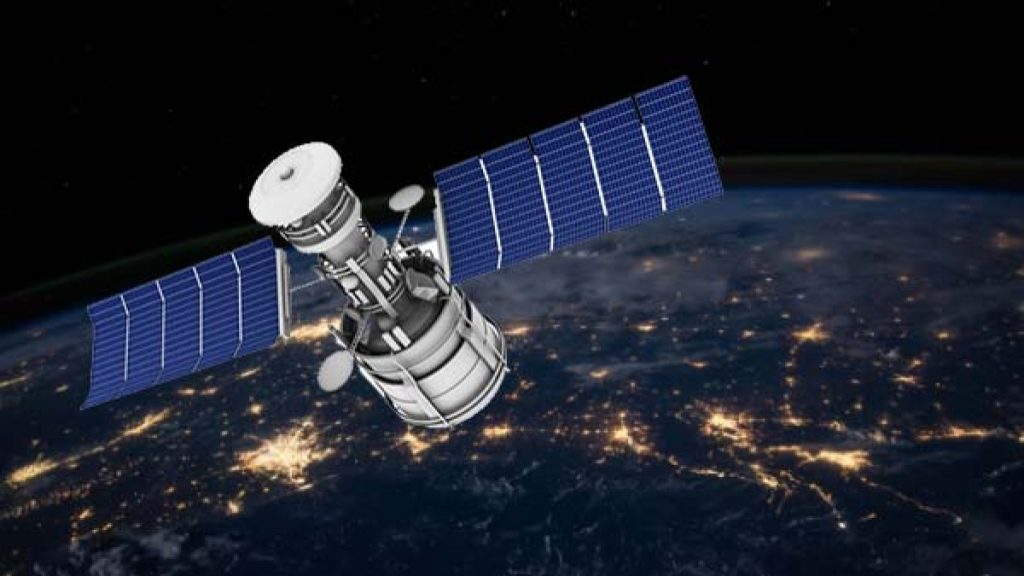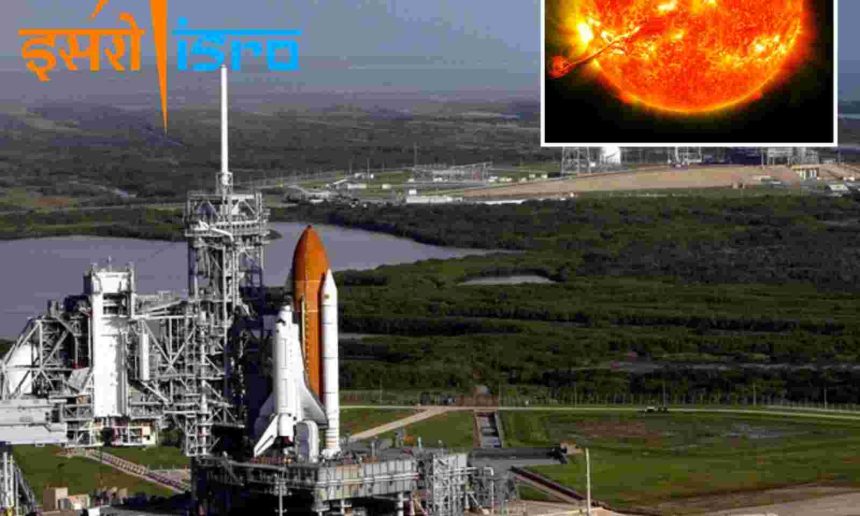Aditya-L1, India’s first solar-powered mission, is planned to launch on September 2 at 11.50 a.m. from the Sriharikota spaceport. This occurs at a time when the entire nation is celebrating the accomplishment of India’s Chandrayaan-3 moon mission. India’s first solar mission, Aditya-L1, was launched to study the Sun from space.
The main benefit of having a satellite in the halo orbit around the L1 point is the ability to continuously observe the Sun without any occultation or eclipse. The benefit of continuously studying solar activity will increase as a result. The spacecraft will be equipped with seven payloads that will use particle and electromagnetic detectors to study the photosphere, chromosphere, and the Sun’s outermost layers (the corona).

Four payloads will observe the Sun directly from the unique vantage point of L1. While the remaining three payloads will conduct in-situ particle and field research near the Lagrange point L1, according to an ISRO release. The Aditya L1 payloads are anticipated to offer the most important data for understanding the issues with coronal heating. Coronal Mass Ejection, pre-flare and flare activities, and their traits, dynamics of space weather. Along with it’s research into the particle’s path of propagation, interplanetary medium fields, etc.
- Advertisement -
Which rocket is going to launch Aditya-L1?
The PSLV XL rocket built by ISRO will carry out the Aditya-L1 mission’s launch. A Low Earth Orbit will be the spacecraft’s starting location. The spacecraft will then utilize internal energy to launch itself toward the Lagrange point (L1) as the orbit becomes more elliptical. As it approaches L1, the spacecraft will exit the gravitation Sphere of Influence (SOI) of Earth. The spaceship will enter its cruise phase after departing SOI before being sent into a large halo orbit around L1.

How long will it take to reach the Sun?
From launch to L1, Aditya-L1 would need roughly four months to travel.
The mission’s goals for Aditya-L1 are:
In particular, the chromosphere and corona of the Sun’s upper atmosphere are the subjects of a thorough investigation in this study. The physics of partially ionized plasma, the causes of coronal mass ejections and solar flares. And the nuances of coronal and coronal loop plasma, such as temperature, velocity, and density, are all covered in detail. It also examines the dynamics and heating processes of these regions. The study also includes in-situ studies of solar plasma and particles.
It also tries to explain the mechanisms by which the solar corona is heated, the growth and dynamics of coronal mass ejections (CMEs). Additionally, observations and an analysis of the topology of magnetic fields within the solar corona are part of the research. Which advances our knowledge of the dynamics, composition, and origin of solar wind, a key component of space weather.



